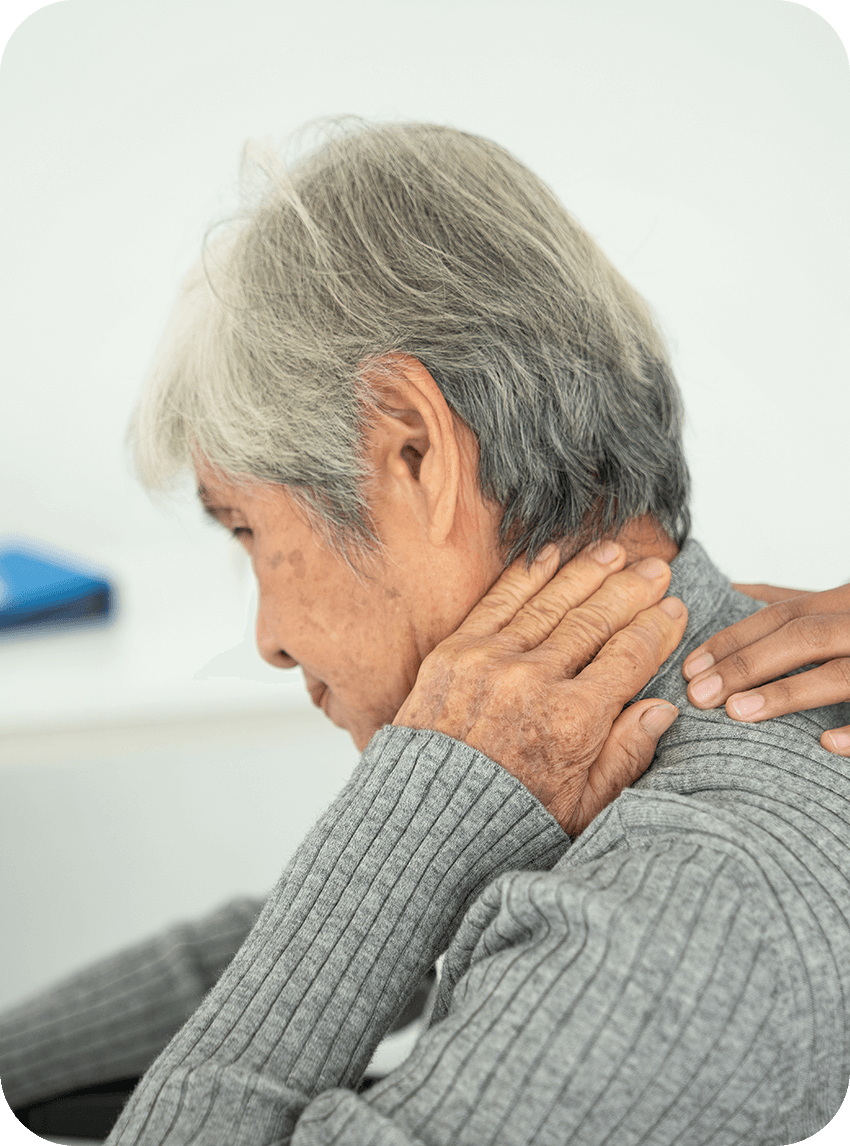Cervical Radiculopathy
Cervical radiculopathy can develop from a variety of conditions that affect the spine, including:
-
Herniated or bulging discs that press on the nerve roots
-
Degenerative changes/arthritis leading to bone spurs
-
Spinal stenosis (narrowing of the spinal canal)
-
Injury or trauma to the cervical spine
Symptoms may vary depending on which nerve root is affected, but common signs include:
-
Neck pain that may radiate into the arm or hand
-
Tingling, numbness, or a “pins and needles” sensation
-
Muscle weakness in the shoulder, arm, or hand
-
Pain that worsens with certain neck movements
Over-the-counter pain relievers such as NSAIDs (ibuprofen, naproxen) can reduce inflammation and discomfort. In more severe cases, prescription medications like muscle relaxants or neuropathic pain medications may be recommended to manage symptoms.
Targeted exercises help strengthen neck and shoulder muscles, improve posture, and relieve nerve pressure. Physical therapy may also include stretching, traction, and education on proper body mechanics to prevent recurrence.
Corticosteroid medication delivered into the epidural space around the affected nerve root can decrease inflammation and swelling. This treatment often provides significant pain relief and may help patients return to normal activities or continue with physical therapy more effectively. Learn more about Epidural Steroid Injections.
Avoiding activities that aggravate the condition, improving ergonomic setups (at work or home), and practicing gentle stretches can reduce symptoms and prevent flare-ups. Simple lifestyle changes, like improving sleep posture or using supportive pillows, can make a noticeable difference.
Surgery is considered only when conservative care and less invasive treatments do not provide relief. Procedures such as discectomy, laminectomy, or fusion may be performed to remove pressure from the nerve root and restore stability to the spine.

